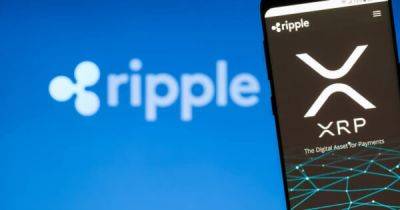Pay-to-use blockchains will never achieve mass adoption
Pay-to-use blockchains are done.
Not for us, of course — the nerdy crypto crowd. We’re perfectly happy to open wallets, engrave seed phrases on steel cards we bury in the ground, find exchanges we haven’t been blocked from yet, wrap some assets to leverage yield, and become OpSec professionals while we pray to the blockchain gods that the North Koreans aren’t online right now.
We’re fine with this. Years of experience have dulled the pain.
But the mass adoption we all hoped for? It relies on the 99% of people who have zero appetite for such trauma.
Related: An ETF will bring a revolution for Bitcoin and other cryptocurrencies
If permissionless blockchains are to become the backbone of our online experiences, three major changes need to happen:
“Free” means free for the user, “frictionless” means as easy as opening an app or playing a video game, and “familiar” means we need to stop asking regular people to change their behavior to meet the limitations of our tech. We need to meet them where they already are.
Right now, we are zero for three. In fact, we’re so far away from where we need to be that we’re not even trying to address these problems seriously — we’re busy making small, incremental improvements to dysfunctional tech rather than addressing the root of the dysfunction itself.
Layer-1 blockchains have been designed, built and funded by people who figure that their value is in directly monetizing the user.
This is a fallacy.
Google serves you ads. It monetizes you indirectly. Facebook monetizes your data, but it doesn’t charge you to use its platform. Apple’s store takes a 30% cut from developers and publishers, not from you.
In all cases, you’re paying — but not with cash.
Google is visited 85 billion times a month.
Read more on cointelegraph.com






















